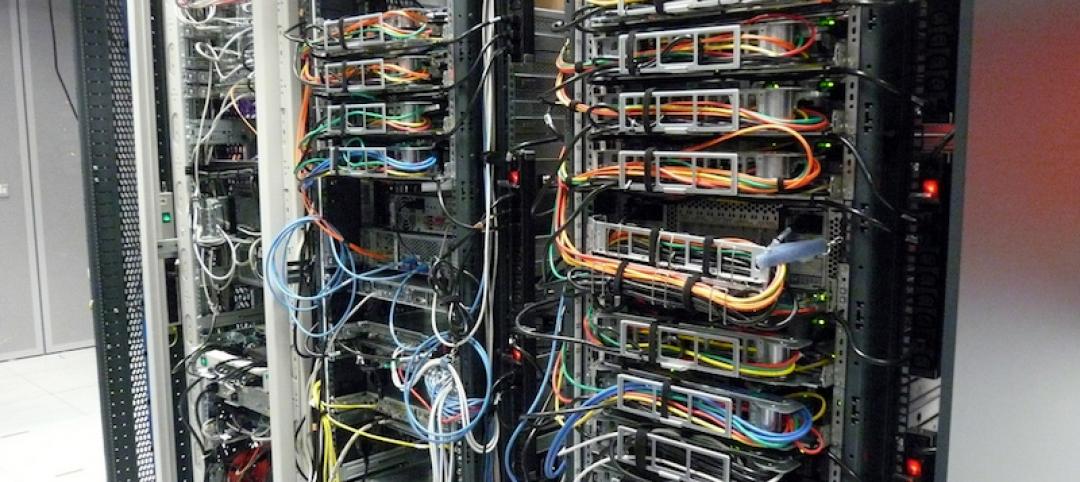Smart building technology is producing energy savings of 8% to 18% in the commercial building sector, according to a new report by the American Council for an Energy Efficient Economy.
While large showcase buildings have been the first to deploy smart building technologies, the potential for savings is great among other subsectors including Class B offices, small chain and independent retail stores, middle-tier franchise hotels, and regional nonteaching hospitals, the report says. Here’s how ACEEE assesses savings potential in these sectors:
· Offices (18% average savings) Occupancy sensors, smart thermostats, and HVAC and lighting controls can help reduce energy usage in unoccupied offices, conference rooms, and other spaces. Smart systems have been shown to improve worker productivity and even increase property value, ACEEE says.
· Retail stores (14% average savings) Smart energy management systems, thermostats, and lights can help reduce energy consumption and create a more comfortable and attractive environment for customers. Some occupancy sensors, like indoor positioning systems, can also provide a retailer with valuable data on customer behavior in the store.
· Hotels (8% average savings) Guest management systems and mobile check-in can work hand in hand with energy-saving smart technologies that control guest room HVAC systems and window shading. Smart controls can also help reduce energy from lighting and HVAC in conference areas and pumps in pool and spa areas.
· Hospitals (14% average savings) Smart technologies can help address the long operating hours and high equipment loads in hospitals. For instance, smart lighting systems can reduce energy use and increase patient comfort by better matching light output to occupancy and user needs. Without wasting energy, smart sensors and ventilation controls can maintain the ventilation needed to prevent the spread of diseases.
Related Stories
Codes and Standards | Sep 29, 2016
Dept. of Energy forecasts big jump in LED use, resulting energy savings
Big gains are expected in both commercial and residential markets.
Codes and Standards | Sep 28, 2016
San Francisco commercial, multifamily regulations aim to reduce traffic volume
City planners will require design features to cut miles driven.
Codes and Standards | Sep 28, 2016
Society of Landscape Architects releases guide to resilient design
The goal is to retrofit communities to better withstand extreme weather events.
Codes and Standards | Sep 26, 2016
Washington State Energy Code updates include dedicated outdoor air system requirements
The updates will change design approach to HVAC.
Codes and Standards | Sep 22, 2016
Construction firms pulling back from federal market due to new reporting rules
‘Subjective, very vague’ policies are said to create too much risk.
Codes and Standards | Sep 21, 2016
Airbnb presents legal liability for multifamily owners
How building owners can reduce risks.
Codes and Standards | Sep 21, 2016
Healthy buildings becoming a key design priority for both architects and building owners
Nationwide survey finds nearly three of four architects cite health impacts influencing design decisions
Data Centers | Sep 19, 2016
New ANSI/ASHRAE data center standard is performance-based, more flexible
The aim of the standard was to ‘not stifle innovation.’
Codes and Standards | Sep 16, 2016
Calm weather tidal flooding impacting several communities on East and Gulf Coasts
Local officials face the prospect of costly mitigation projects.
Codes and Standards | Sep 15, 2016
OSHA appoints new director for its construction directorate
The forty-year industry veteran has been a GC and business owner.
















